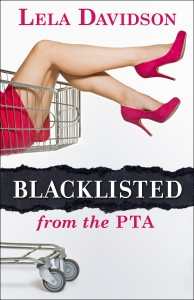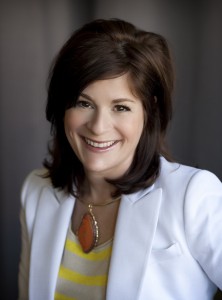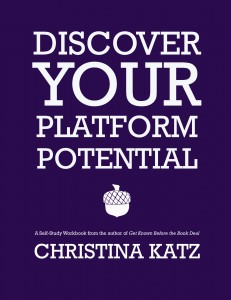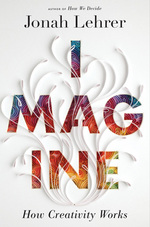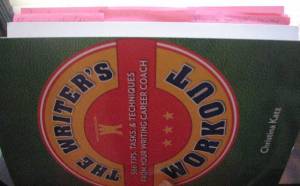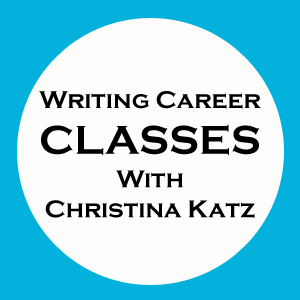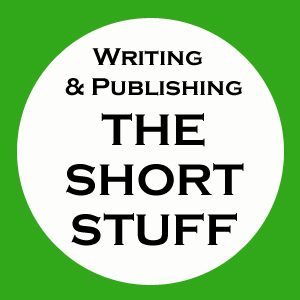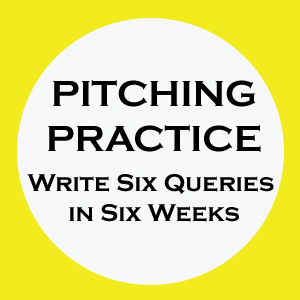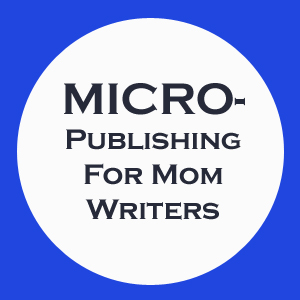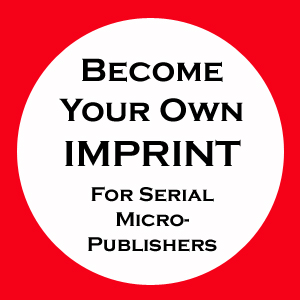Have you ever thought about this?
Is it a pair of bright red high-heeled shoes?
What if the shoes are bejeweled?
Do the sparkles on the shoes make the writer funnier?
Well, since all I have in my closet are Easy Spirits, there must be other reasons why I appreciate Lela Davidson and her book, Blacklisted From The PTA.
Here are five things you may not know about Lela Davidson, but definitely should know…
Lela Davidson is smart as the dickens. Never make the mistake of thinking that all there is to Lela Davidson is an affinity for dramatic shoes. I would even go so far as to say that Lela Davidson is one of the smartest people I have ever met. And I have met a lot of really smart people over the years. On a scale of one to brilliant, reasonable shoes clearly don’t have much to do with it.
Lela Davidson is funny as all get out. I mean FUNNY, like in all caps. This gal has got witty in the palm of her hand. Smart-aleky remarks stand in line in Lela’s brain and just pray she calls on one of them next. You’ve got an awkward situation? Lela can make it sound funny. Just try her.
Lela Davidson could charm a rabid coyote. Someone once remarked to me that Lela was “so nice.” I almost said, “Are we talking about Lela? Lela Davidson???” Oh, wait. I actually did say this. I think I may have burst someone’s bubble, but “nice” is just not a powerful enough word to do Lela justice. If you want to use a tame word to describe Lela Davidson just put the word “wicked” in front of it. As in “wicked nice.” Or “wicked funny.” Or even just “wicked.” That could work too.
Lela Davidson writes her head off. You probably think Lela Davidson hangs out on social media all day, holding court. And she does that too, but I bet you, right at this minute, while you are reading this post, Lela Davidson is writing something for publication. And when she’s done with that piece today, she’s going to write another piece tomorrow. She is probably either writing a humor essay, or an opinion piece or even a how-to. The point isn’t what she’s writing; the point is how much she is writing. When you are climbing the writing ranks, I hope you go for quantity, because then the quality takes care of itself. And if you are not writing as much as Lela is and for as many outlets as Lela is, then you might want to follow her lead.
Lela Davidson is a 100% media maven. Many people are intimidated by the media. Not Lela Davidson. She is a media darling. She makes things happen and she makes sure the media is involved all the time. And that’s why the primary thing about Lela Davidson that you may not know that you really should know is that if you don’t know Lela Davidson’s name already you most likely will soon.
And this brings us to Lela’s hilarious debut essay collection, Blacklisted From The PTA.
July is the one year anniversary of Blacklisted, which I blurbed when it came out. Fancy shoes or none, I liked it then and I still like it:
Birth, babies, tooth-fairies, baking, junk drawers, car trouble, computer viruses, the PTA, date nights, big box stores, family travel, and girlfriend getaways—no suburban stone goes unturned in this promising debut by Lela Davidson. This collection of quickie-read essays serves up a sly look at suburban bliss. The book is in brief episodes like Carrie Bradshaw meets Desperate Housewives, only Davidson is anything but frantic. Instead she’s sassy, smart, and seductive with her wry coverage of the middle-class trenches. Tongue in her cheek and pen in her hand, just when we all needed it most, Davidson brings family funny to the fore. Moms especially will appreciate the laughs.
I liked Blacklisted because it makes me laugh. And so does Lela Davidson.
So, my friends, if you don’t know Lela like I know Lela, you might want to get with the program. Meet Lela. Friend her, follow her, listen to her audio podcasts. And for goodness sakes, get yourself a copy of Blacklisted from the PTA LINK.
You can start by commenting to win right here. Just answer this question any ol’ way you like: what role does humor play in your everyday life?
I’ll pick a winner on Tuesday, July 24th and announce the name right here. In the meantime, write, read, laugh. Happy summer!
